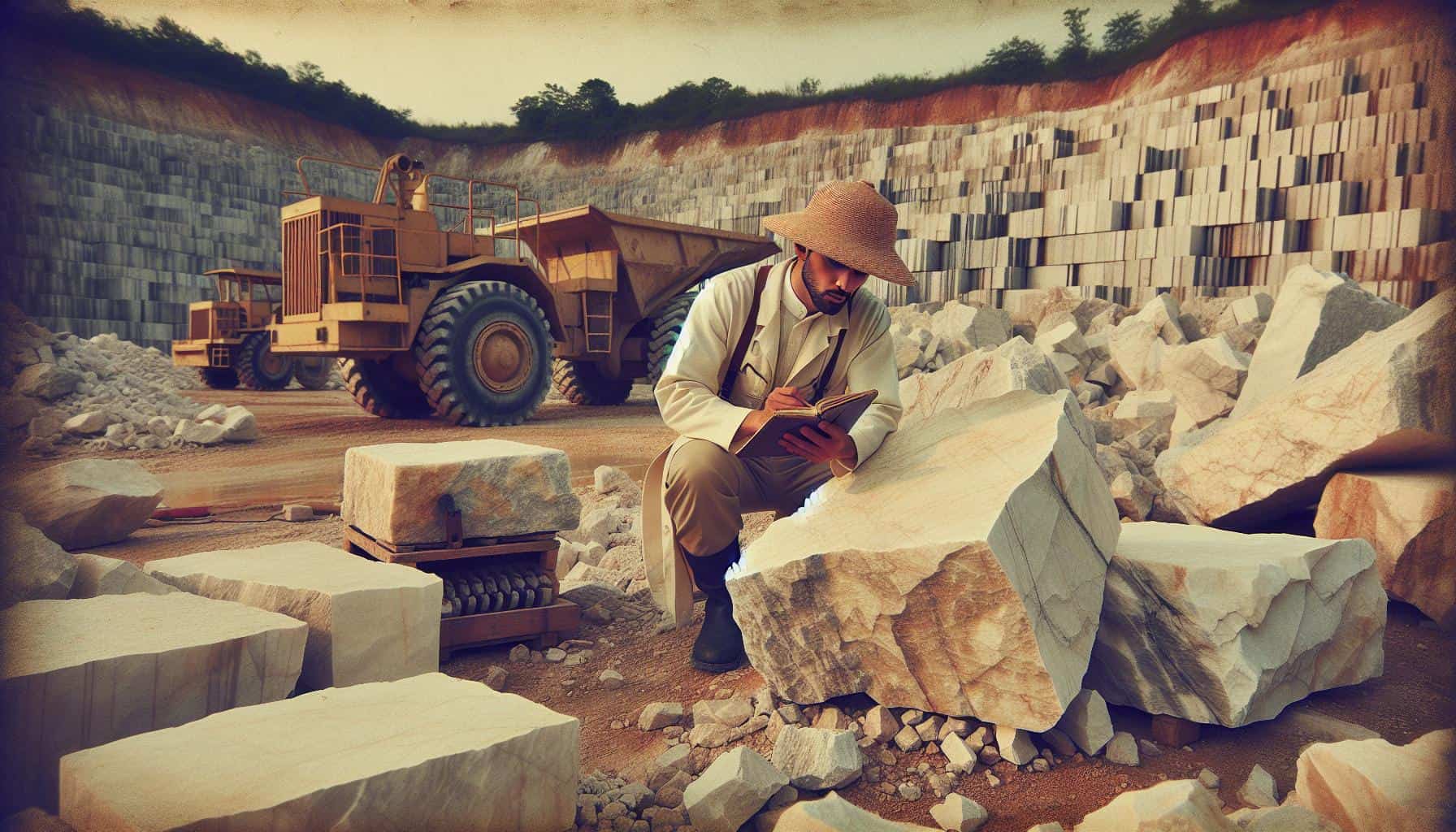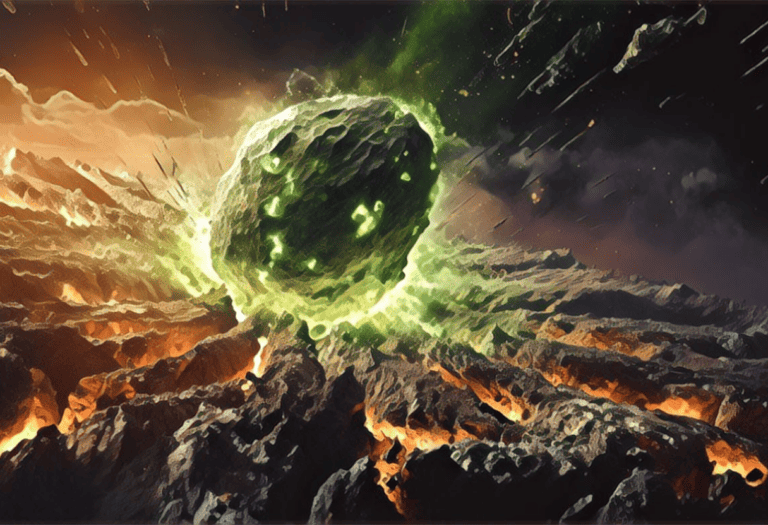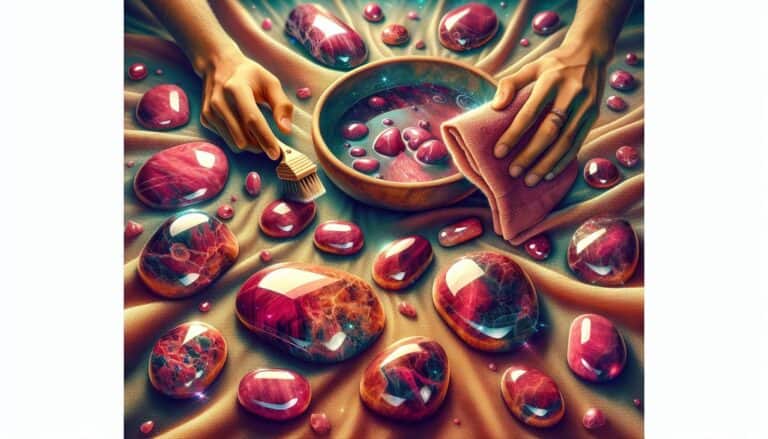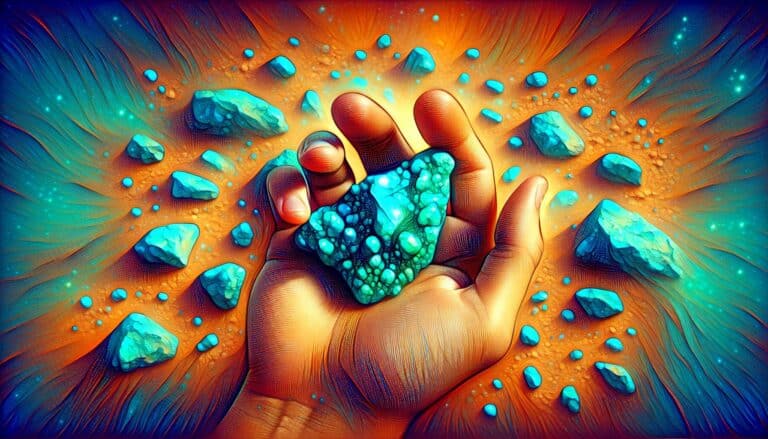Ever wonder about the value of the rocky material that’s a cornerstone in construction and agriculture?
Limestone’s worth can be quite the puzzle. Whether you’re looking at it as a commodity for building or its chemical properties for industrial use, the price tag varies widely.
You might be eyeing a landscaping project or considering limestone for your next big build. Knowing its market value is crucial.
Let’s dive into the factors that determine how much this versatile stone is worth and how you can gauge the price for your specific needs.
Limestone’s value varies based on color, clarity, cut, and availability. Preferred colors like pure whites or rich blacks are more valuable. Clear limestone with minimal impurities or streaks is desirable, and precision cuts add value. Geographical availability and transportation costs also affect pricing, as does demand in the construction industry.
What Is Limestone?
Limestone, a sedimentary rock primarily composed of calcium carbonate (CaCO3), is known for its durability and versatility. It forms over millions of years through the accumulation of marine organisms and mineral precipitation.
Limestone finds extensive use in construction, where its strength makes it ideal for buildings, bridges, and sculptures. In agriculture, crushed limestone adjusts soil pH and enhances crop growth. Additionally, limestone is crucial in various industries, such as steel manufacturing and water treatment, where it is processed into lime.
Its aesthetic appeal also makes it popular in interior and exterior design, adding elegance to spaces. In essence, limestone’s resilience and adaptability make it a valuable resource in construction, agriculture, industry, and design.
Limestone Prices: Factors That Affect Value
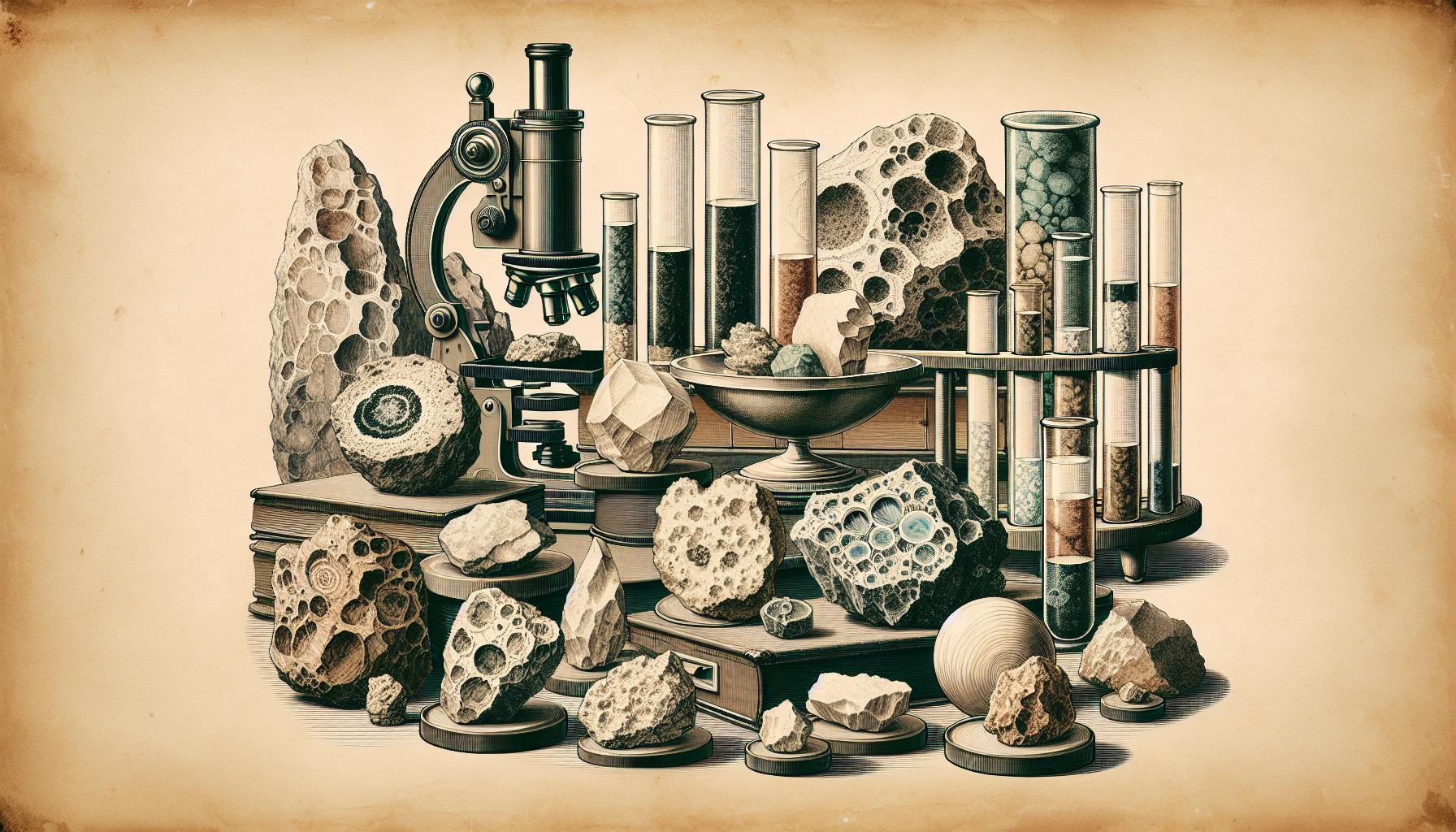
Color, Clarity, and Cut Quality
Much like precious stones, limestone’s value is heavily swayed by its aesthetic attributes. When you’re in the market for limestone, color will often catch your eye first. The spectrum ranges from pure whites to rich blacks, with a multitude of shades and hues in between. Traverse the palette, and you’ll find that some tones are more sought-after, directly impacting price.
Clarity refers to the stone’s transparency and freedom from impurities. Limestone with minimal streaking or cloudy patches tends to be valued higher due to its ideal for decorative purposes. In addition to its transparency, a clearer limestone is often stronger, making it more desirable in construction.
Cut quality cannot be understated. Precision-cut limestone boasting uniformity and smooth finishes commands higher prices. Whether it’s tailor-cut for tiles or custom-sliced for elaborate edifices, the attention to detail in the cutting process adds to limestone’s worth.
Market Demand and Availability
The law of supply and demand is a fundamental economic principle that also stands true for limestone. Your region’s market demand plays a pivotal role in price fluctuations. High demand paired with low supply often results in a hike in limestone prices.
Geographical availability is a significant factor that can influence cost. If you’re located far from limestone quarries, transportation expenses are factored into the final price. Regions rich with limestone might enjoy lower prices owing to minimal transport costs and plentiful supply.
Demand isn’t static, and overall economic conditions affect how much value is placed on this versatile rock. The construction industry is a major consumer of limestone, and when it thrives, so does the demand for limestone. On the flip side, during economic downturns, limestone prices may falter.
Keep an eye on current market trends, as technological advancements can also sway the value of limestone. Innovations in quarrying techniques or stone processing may reduce costs, which could lower prices. Conversely, advancements that enhance limestone’s properties or expand its uses could push its value upward.
Monitoring these aspects will ensure you stay informed and ready to make savvy decisions about your limestone purchases or investments.
Understanding Limestone: A Rare Gem
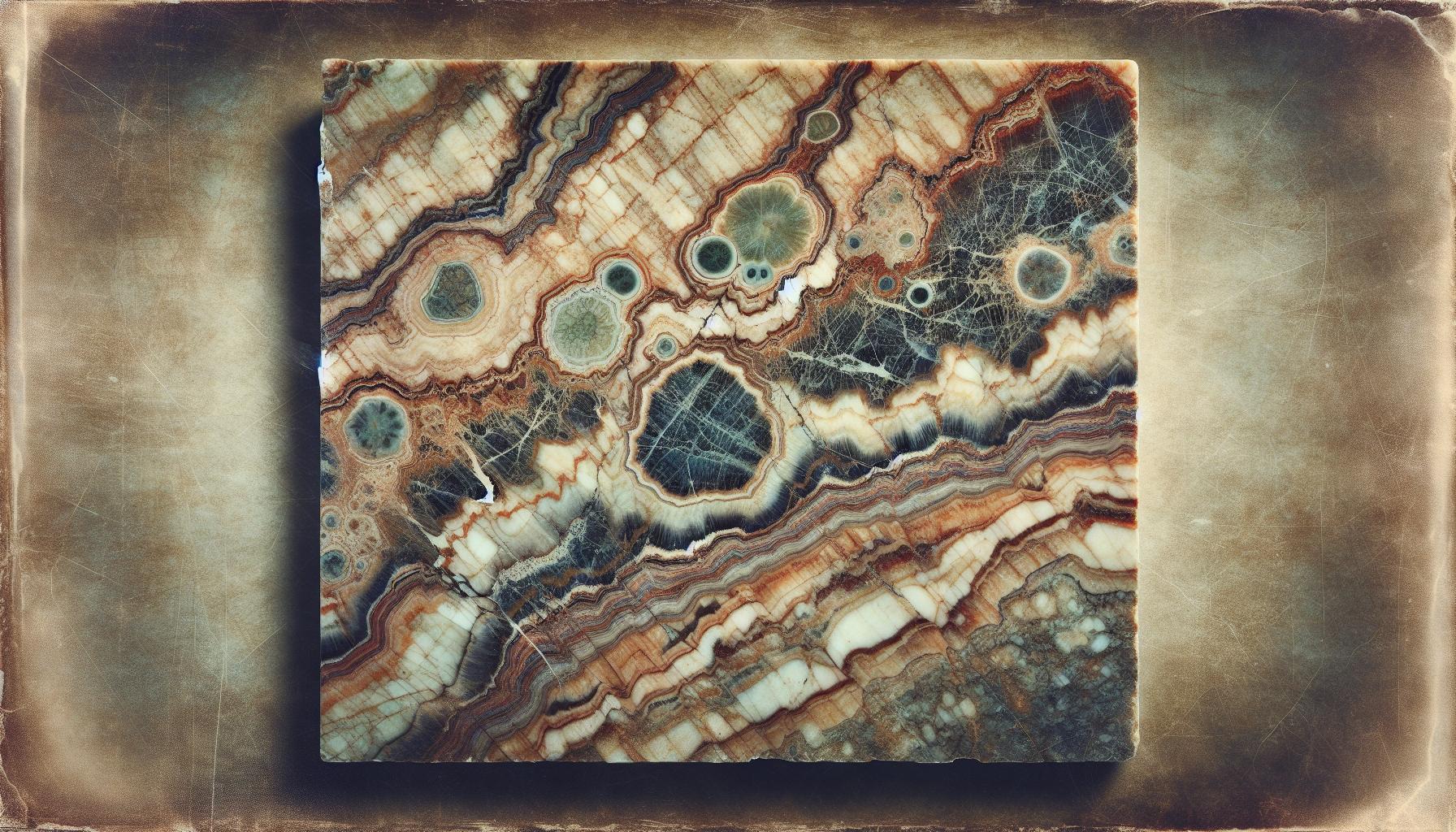
When considering the value of limestone, you may not immediately recognize its rarity. Limestone is a common sedimentary rock, but certain factors elevate its status to that of a gem.
The Rarity of Limestone
Contrary to what you might think, limestone can be quite rare, especially when it exhibits unique characteristics that set it apart from its more mundane counterparts. High-quality limestone, often used in construction or for ornamental purposes, can be uncommon, and its rarity directly influences its market value. Factors such as purity of the stone and whether it’s from a limited geographic region contribute to its scarcity.
The market’s demand for unique textures and colors in limestone can skyrocket its worth. For example, Blue Lueders Limestone from Texas is prized for its distinct hue and can fetch a higher price. When you’re in the market for limestone, considering these rare variations is crucial for understanding its value.
Origins and Characteristics
Limestone originates from marine environments where the accumulation of shells, coral, algae, and fecal debris creates a rich sediment that over centuries solidifies into rock. This transformative process contributes to the array of limestone characteristics:
- Color: Ranges from white to black, with a spectrum of grays, browns, yellows, and blues in between.
- Texture: Varies from fine to coarse-grained, each bringing a different aesthetic and structural quality to the table.
- Composition: Limestone is primarily composed of calcite or aragonite, which are different crystal forms of calcium carbonate.
The beauty of limestone lies in these characteristics. Each piece can tell a story of its origin, from the shallow tropical seas to the ancient coral reefs. The history embedded in each stone often translates into its desirability and, thus, its market value. High-quality limestone that offers a visually appealing pattern or color, for example, curated for kitchen countertops or statement flooring, can enhance the property value of homes and commercial buildings.
When exploring limestone investments or purchases, it’s essential to delve into the distinct origins and characteristics that define the value of each piece. Knowing the nuances of limestone’s creation helps you appreciate the factors behind its worth.
Limestone Grading and Valuation
Understanding how limestone is graded and valued is essential when you’re dealing with the trade or use of this versatile stone. Whether you’re looking to buy or sell, knowing the nuances of limestone grading can make a significant difference in your return on investment.
The Grading System for Limestone
Grading limestone involves assessing several factors that directly impact its quality and therefore, its price. The grading categories generally look at:
- Purity: The amount of calcium carbonate present determines how pure the limestone is, which influences its strength and durability.
- Color: White limestone is often considered superior because it’s rarer and in high demand for certain architectural styles.
- Density: A more compact limestone is more durable and typically fetches a higher price.
- Texture and size: Finer textures are typically used for high-end finishes while coarser varieties are for construction.
- Cut and finish: How the limestone is processed after extraction can add value, especially with custom cuts.
Certification and Appraisal
Having your limestone certified can significantly enhance its market value. A professional appraisal involves a thorough analysis conducted by experts who evaluate the stone based on the aforementioned grading factors. They’ll provide a certificate that attests to your limestone’s quality. This document is especially valuable in the following contexts:
- Commercial transactions: Buyers are more willing to invest in limestone that comes with a guarantee of its quality.
- Insurance purposes: In case of damage or loss, a proper valuation is essential for insurance claims.
- Investment appraisal: If you’re considering limestone as an investment, the certification helps establish its future resale value.
Certification bodies often use advanced technologies like spectral analysis to determine the exact composition and characteristics of the limestone, ensuring you have accurate information for your decision-making.
Remember, the more you know about the limestone’s grade and have the paperwork to prove it, the better positioned you’ll be in the marketplace. Consider these factors carefully before making any decisions regarding limestone procurement or investment.
Current Market Trends in Limestone Pricing
As you navigate the dynamic world of limestone, staying updated on current market trends is crucial. Limestone prices can vary based on a multitude of market conditions. Often, these fluctuations directly reflect changes in demand for construction materials, shifts in the cost of fuel and transportation, and the state of the global economy.
One significant factor that determines limestone’s current market price is the level of demand in the construction sector. When the construction industry is booming, you’ll find that the demand for limestone also spikes. This, in turn, can lead to an increase in prices. On the opposite end, a downturn in construction can see limestone prices falling.
The environmental policies of various countries can also directly impact limestone pricing. As governments around the world impose stricter regulations to ensure sustainable mining practices, the cost of compliance can be reflected in the final price of limestone. For example, regions that prioritize environmental protection over extraction convenience may encounter higher production costs, leading to a rise in market prices.
In terms of global trade, limestone’s value is influenced heavily by export and import dynamics. Countries that are net exporters of limestone often offer competitive pricing to maintain their foothold in the international market. Here’s a snapshot of some key global exporters and their limestone export volumes:
| Country | Export Volume (in million metric tons) |
|---|---|
| United States | 20.5 |
| Turkey | 16.7 |
| India | 15.8 |
| Brazil | 12.4 |
Keep in mind that technological advancements aggregated with high-scale industrialization in countries like China and India surge the consumption of limestone due to its diverse industrial applications. This consistent demand, matched with advancements in quarrying technology, has enabled more efficient extraction methods, impacting pricing and quality availability.
Emerging trends such as the increasing use of limestone in waste water treatment and flue gas cleansing aren’t to be overlooked. These new applications expand limestone’s reach beyond traditional uses, potentially affecting its market value positively.
Given this complex interplay of factors, it’s vital to continuously monitor market trends and projections. By doing so, you’ll be more equipped to anticipate changes in limestone pricing and adjust your procurement or investment strategies accordingly.
The Most Expensive Limestone
When considering limestone’s value, premium segments of the market feature stones with unique qualities that significantly raise their worth. Portuguese Limestone, for example, commands high prices due to its uniform grain, luxurious look, and durability. Renowned for its use in high-end architecture and interior design, this limestone has carved a notable niche among affluent buyers.
On another front, Indiana limestone, often referred to as “America’s Building Stone,” is prized for its consistent color and structural integrity. Used extensively in iconic structures like the Empire State Building and the Pentagon, Indiana limestone maintains a hefty price tag not just for its historic value but also for its superior quality and ease of use in construction.
Here are some key data points for the most sought-after types of limestone:
| Type of Limestone | Average Price Range |
|---|---|
| Portuguese Limestone | $30 – $75 per square foot |
| Indiana Limestone | $40 – $80 per square foot |
It’s important to note that prices vary not only by type but also based on factors like slab size, thickness, and potential custom finishes. For example, a unique fossiliferous limestone, containing prehistoric remains entombed within, can fetch even higher prices due to its rare nature and striking aesthetics.
Luxury limestone’s price can also surge with intricate detailing and craftmanship. Custom-cut tiles or bespoke masonry work transform an already desirable material into a personalized statement piece, justifying its steep cost.
As you explore the high-end limestone market, you’ll encounter options like Jerusalem stone, valued for its golden hues and historical significance. Each premium limestone type has a story—a narrative of geology, history, and crafting expertise—that transcends its physical beauty and function, encapsulating why these materials come with a premier price point. Keep an eye out for rare finds and consider the long-term investment potential of these exquisite natural stones.
Buying Limestone: Tips and Recommendations
Where to Purchase High-Quality Limestone
When you’re in the market for high-quality limestone, the source of your stone can significantly impact its value. Trusted suppliers or quarries renowned for their limestone purity and extraction methods are your go-to options. Specialty stone centers or building material suppliers often offer a diverse selection of limestone, each with unique characteristics and benefits. Consider the following when selecting a supplier:
- The reputation of the quarry or supplier for consistent quality.
- The range and variety of limestone products offered.
- Proximity to your location, as transportation impacts cost and carbon footprint.
Online reviews and industry forums can also be valuable resources for identifying reputable suppliers. Additionally, attending trade shows or exhibitions gives you a firsthand look at the quality of limestone available and lets you discuss your needs directly with suppliers.
Ensuring Authenticity and Value
To ensure you’re getting authentic limestone that holds its value, insist on certification for the stone. Certificates should indicate the stone’s origin, grade, and other properties critical to valuation. Here are actions you can undertake to guarantee authenticity:
- Request a certificate of authenticity from your supplier.
- Have the stone appraised by a certified professional.
- Look for suppliers that offer detailed records of their stone’s provenance and testing results.
Moreover, don’t skim on personally inspecting the limestone. Check for:
- Consistency in texture and color.
- Absence of unexpected impurities or fossils.
- Precise cutting and finishing as per your requirement.
Lastly, remember that investments in high-quality limestone are not just in the product, but also in the skilled craftsmanship that shapes and finishes the stone for its final use. Ensuring that the process meets your standards is crucial for maintaining the limestone’s value.
Conclusion: Buying & Selling Limestone
Understanding the true worth of limestone means recognizing the intricate factors that contribute to its value.
Your awareness of grading, certification, and technological assessments empowers you to make informed decisions. Remember, it’s not just about finding any limestone; it’s about securing the highest quality that aligns with your needs. By choosing reputable suppliers, insisting on certificates of authenticity, and conducting thorough inspections, you’re investing in both the stone and the craftsmanship behind it. Quality limestone isn’t just a purchase—it’s a long-term investment that, when chosen wisely, offers durability and aesthetic appeal for years to come.
So take your time, do your research, and let your knowledge guide you to the best possible investment in limestone.

